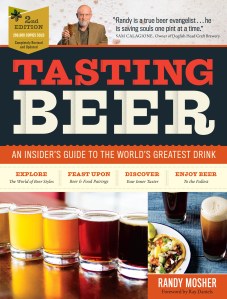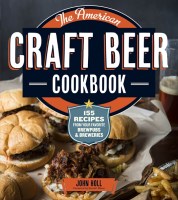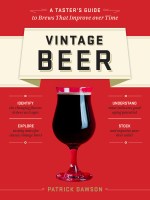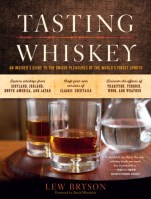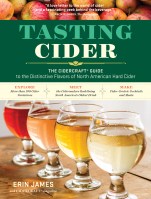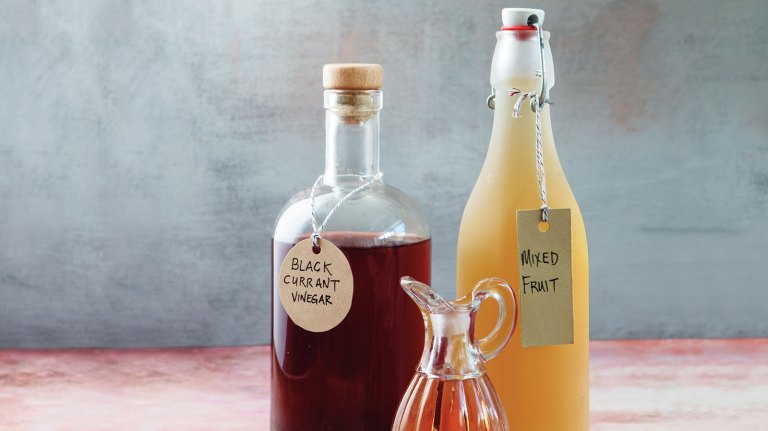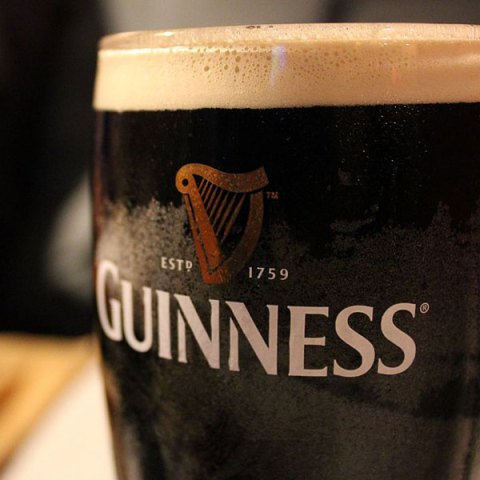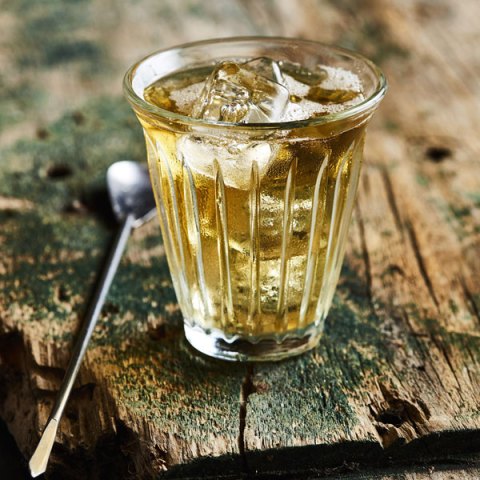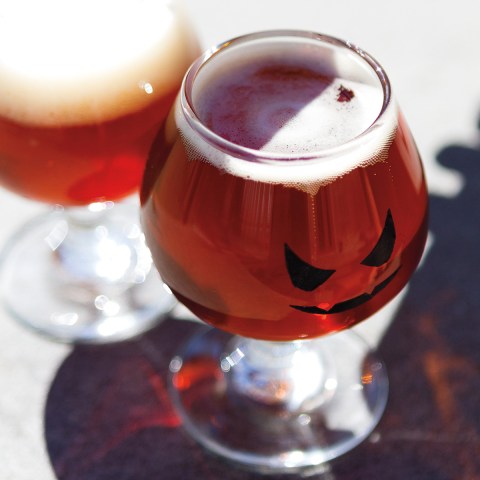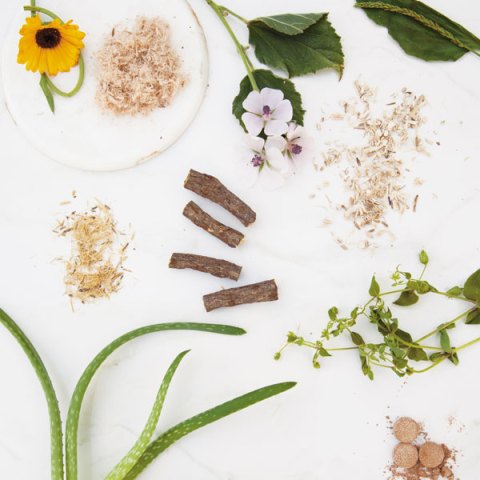Beer and Cheese Pairings: Tips for Holding Your Own Tasting
Move over, vino. Author Randy Mosher says beer and cheese — from hefeweizen and fresh mozzarella to cheddar and stout — have a taste relationship worth celebrating.+
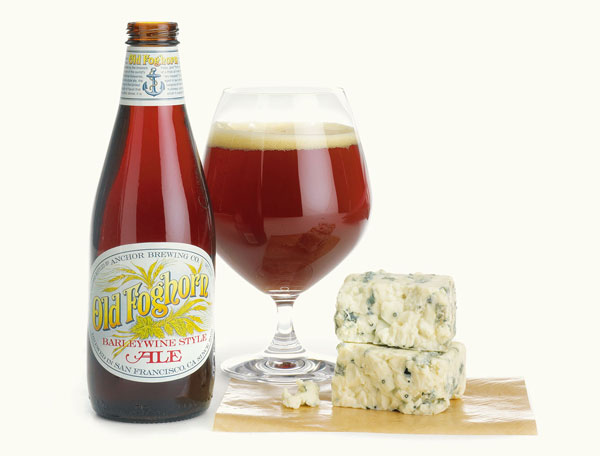
As Brooklyn Brewery’s Garrett Oliver is fond of telling audiences, cheese is grass processed through a cow and modified by microbes. Beer is also grass processed through a microbe — yeast. So it is not surprising to find a wide range of common flavors from which to draw when seeking pairing possibilities. Cheese is also a great partner because, like craft beer, it is often made by small, artisanal producers driven by passion, with strong creative and independent streaks that have correspondingly distinctive and delicious results.
Cheese can be tough to match with other beverages. Its intense, pungent, earthy, salty, and creamy aspects often overwhelm lesser beverages — although I’m not naming any names. Beer, with its mix of carbonation, hop bitterness, and roasty elements, can handle the mouth-coating richness of cheese just beautifully.
Like beer, cheese comes in a wide range of intensities, from delicate to magnificently pungent. It’s helpful to understand some of the basics of cheesemaking, as it clarifies a complex landscape. Animal type and breed set the protein and fat levels, along with the underlying flavor character. Water removal is one of the most fundamental aspects of cheesemaking and strongly influences the texture and concentration of the final product, as does the aging process. Bacterial and mold cultures add further aromatic characters and textural changes.
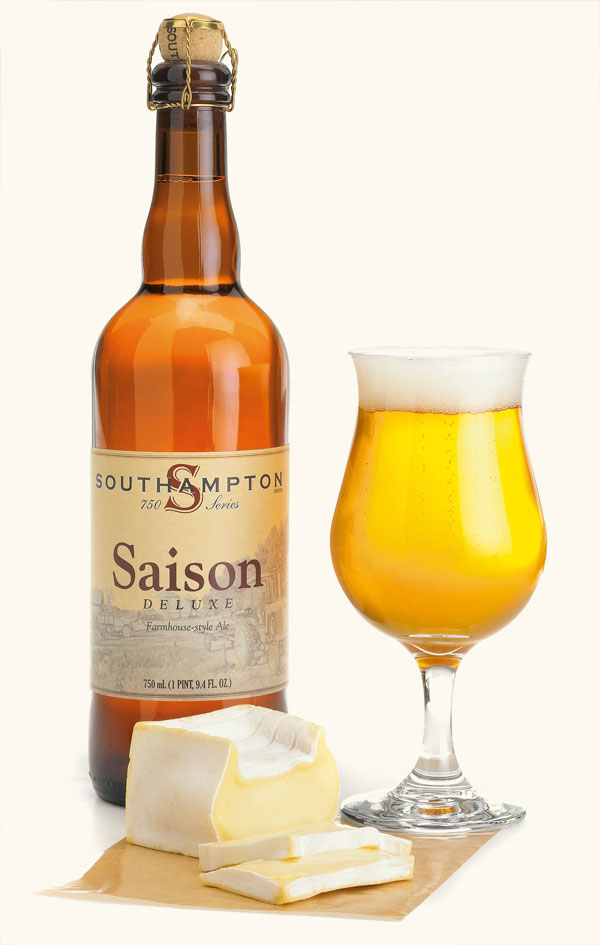
As with any pairing, the choice of beer partner depends first on intensity. I find that putting together cheese and beer pairings gets easier as the flavors get more intense. It’s almost impossible to screw up a combination of a barley wine or imperial anything with a huge, well-aged cheese such as Stilton.
The fruity aromas of hefeweizen make a nice match with the milky simplicity of fresh mozzarella. Fruit beers are excellent with a delicate ripened cheese such as Brie or chèvre. The herbal, hoppy nose of an IPA blends nicely with the complex aroma of blue cheese, while the bitterness cleanses the palate. Washed-rind cheeses, with their stinky aroma and mild flavors on the tongue, work very nicely with medium-strength brown beers like English brown ales and dark lagers. Those same dark beers, perhaps stepped up a bit, work nicely with nutty Pyrenees sheep cheese and alpine types such as Gruyère.
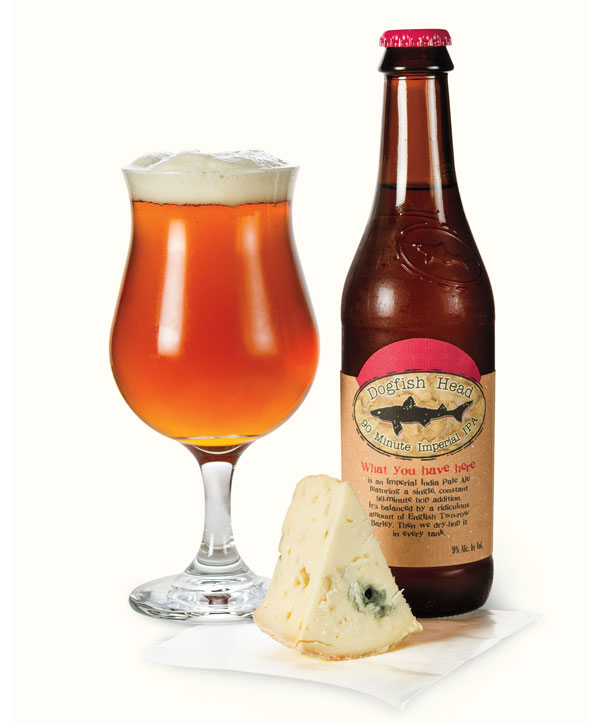
Stout and cheddar make another great pair, as does smoked beer with a tangy, semihard cheese. Triple cream cheeses can work with either a strong pale beer such as a Belgian tripel or with a doppelbock that will create a sort of chocolate cheesecake impression. The meaty richness of salty, well-aged cheeses works best with strong, dark beers such as imperial stout. This meat-plus-roast is a great example of a familiarity-based pair; when they come together in a beer-food pair, there is already a sense that they fit together.
As with mainstream beer, Americans are rejecting the rubbery, plastic-wrapped grocery-store varieties of cheese. What passes in chain stores for cheddar, Muenster, Jack, Swiss, and all the rest are but limp imitations of the genuine thing. Real cheese is flavorful, funky, varied, sublime, and authentic. And some of the best stuff comes from some of the smallest producers, whether they are staunch traditionalists or bomb-throwing renegades. In other words, great cheese has a lot in common with craft beer.
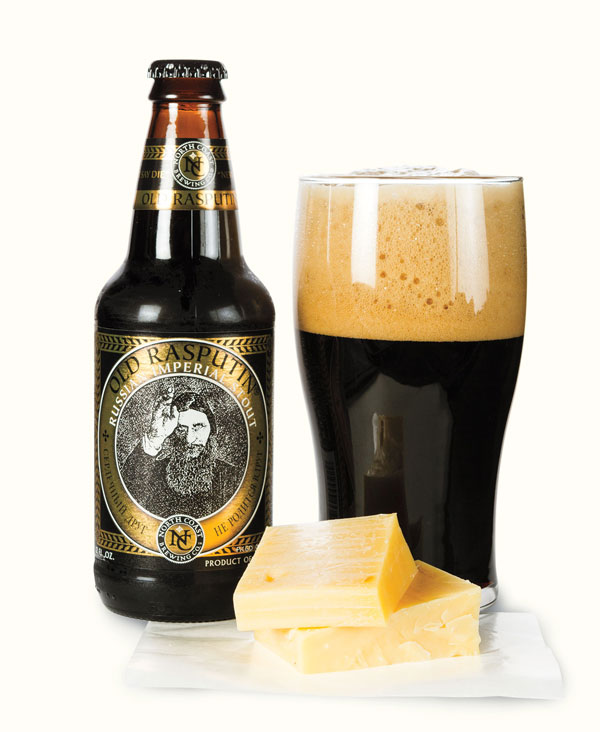
High-quality cheese is a delight to the senses and a joy to pair with great beer. Grocery stores usually have few cheeses of real interest, so you are much better off at a specialty grocery or gourmet store or, if you’re lucky enough to have one nearby, a specialty cheese shop. In my experience, the cheesemonger behind the counter usually knows his or her stuff, and it is a good idea to ask for recommendations (and perhaps a taste) as you are making your decision. Quite often these folks will have good suggestions for pairing beers.
The simplest way to hold a casual tasting is to gather a few friends together with four or five different types of cheese and have everybody bring some beers, then lay them all out and have at it. For a casual tasting, an ounce of each cheese per person is a good place to start; double that if they’re big eaters. If you want bread or crackers, keep it really simple. Fine cheese tastes best at room temperature, so don’t forget to let it warm before serving. Talk about what works and what doesn’t. Sure, you are going to find some great pairs, but ultimately it is the process that is most meaningful. Oh, and don’t forget to have fun.
Learn More
You’ll learn to identify the scents, colors, flavors, mouth-feel, and vocabulary of the major beer styles — including ales, lagers, weissbeirs, and Belgian beers — and develop a more nuanced understanding of your favorite brews with in-depth sections on recent developments in the science of taste. Spirited drinkers will also enjoy the new section on beer cocktails that round out this comprehensive volume.
